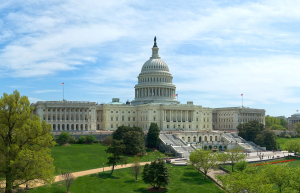
Democratic lawmakers criticized the White House’s initial fiscal year 2020 defense budget request when it was unveiled March 11, with funding for President Trump’s border wall and a sharp increase in overseas contingency operations (OCO) funding drawing ire. Sen. Patrick Leahy (D-Vt.), ranking member of the Senate Appropriations Committee, said in an email that the budget, which includes a $750 billion topline for defense spending, is “not worth the paper it is printed on, and will be rejected by Congress.”…

 By
By 









